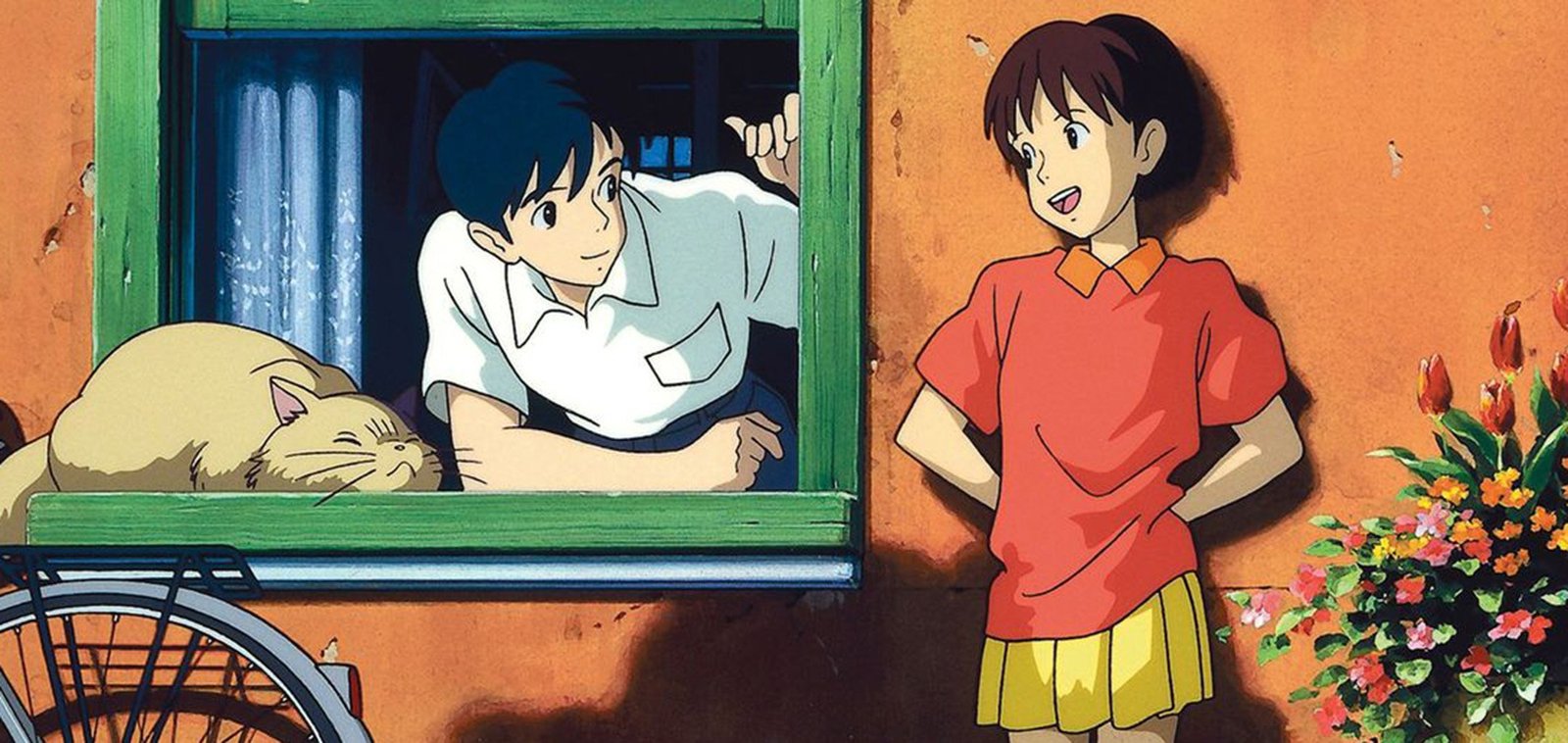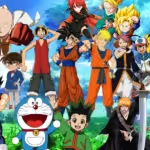The Role of Studio Ghibli in Anime History
- By -Maria Mash
- Posted on
- Posted in Animation
Studio Ghibli, founded in 1985 by Hayao Miyazaki, Isao Takahata, and Toshio Suzuki, stands as one of the most influential animation studios in the world. Renowned for its beautifully animated films, compelling storytelling, and richly developed characters, Studio Ghibli has left an indelible mark on the history of anime. Over the years, the studio has produced iconic works such as My Neighbor Totoro (1988), Spirited Away (2001), and Princess Mononoke (1997), each of which has contributed significantly to the evolution of Japanese animation and its global appeal. This article explores the role of Studio Ghibli in anime history, examining its artistic influence, cultural impact, and enduring legacy.

Pioneering Artistic Excellence and Storytelling
From its inception, Studio Ghibli set itself apart through its commitment to high-quality animation and storytelling. Unlike many other studios, which often prioritized speed and cost-efficiency, Ghibli emphasized meticulous attention to detail in both its artwork and narratives. Films like Nausicaä of the Valley of the Wind (1984), which predated the official founding of Ghibli but is considered its spiritual beginning, showcased the studio’s dedication to creating immersive worlds and emotionally resonant stories.
Furthermore, Ghibli’s films often explore complex themes such as environmentalism, pacifism, and humanism. For example, Princess Mononoke delves into the conflict between industrialization and nature, while Grave of the Fireflies (1988) portrays the harrowing realities of war from a child’s perspective. This thematic depth, combined with stunning visual craftsmanship, has established Ghibli films as timeless works that appeal to audiences of all ages, transcending cultural boundaries.
Redefining the Global Perception of Anime
Studio Ghibli played a pivotal role in changing the global perception of anime. In the early days of anime’s introduction to the West, it was often dismissed as a niche or lowbrow form of entertainment. However, Ghibli’s films challenged these stereotypes by offering narratives that were both sophisticated and universally relatable. The international success of Spirited Away, which won the Academy Award for Best Animated Feature in 2003, marked a significant milestone for Japanese animation. This achievement demonstrated that anime could stand alongside Western animated films in terms of artistic quality and storytelling depth.
Moreover, Ghibli’s films have consistently performed well at international box offices, helping to solidify anime as a legitimate art form worldwide. The studio’s works have been translated into multiple languages and distributed across various platforms, from cinemas to streaming services like Netflix and HBO Max. This widespread accessibility has enabled a new generation of viewers to experience anime, thus expanding its global fanbase.
Championing Hand-Drawn Animation in a Digital Age
While the animation industry has increasingly shifted toward digital techniques, Studio Ghibli has remained a staunch defender of traditional, hand-drawn animation. Films like The Wind Rises (2013) and When Marnie Was There (2014) showcase the studio’s dedication to hand-crafted animation, where each frame is meticulously created by skilled artists. This commitment to traditional techniques not only preserves the essence of classical animation but also sets Ghibli apart from other studios that rely heavily on computer-generated imagery (CGI).
In addition, Ghibli’s focus on hand-drawn animation has inspired other studios to uphold similar standards of quality. The studio’s success has shown that there is still a strong demand for traditional animation, which emphasizes emotional expression and artistic detail over hyper-realistic visuals. This has helped keep the art of hand-drawn animation alive in an industry increasingly dominated by digital production.
Creating Iconic Characters and Memorable Worlds
One of Studio Ghibli’s most significant contributions to anime history is its creation of iconic characters and imaginative worlds that have become cultural touchstones. Characters like Totoro from My Neighbor Totoro, Kiki from Kiki’s Delivery Service (1989), and Chihiro from Spirited Away have become symbols of anime’s storytelling power. These characters are not just beloved by fans but have also been embraced as part of global popular culture, appearing in everything from merchandise to international film festivals.
Additionally, Ghibli’s world-building is second to none. The studio’s films often transport viewers to fantastical realms filled with mythical creatures, enchanted forests, and surreal landscapes. These settings are more than just backdrops; they are integral to the narratives, often reflecting the themes and emotions of the stories themselves. This immersive approach to storytelling has become a hallmark of Studio Ghibli’s films and has influenced countless other animators and filmmakers.
Promoting Environmental Awareness and Social Issues
Many Studio Ghibli films tackle pressing environmental and social issues, making them more than just entertainment. Miyazaki’s Nausicaä of the Valley of the Wind and Princess Mononoke are deeply rooted in themes of ecological preservation and the consequences of human interference with nature. These films have sparked conversations about sustainability, environmental stewardship, and the delicate balance between progress and preservation.
Furthermore, Studio Ghibli addresses social issues such as war, loss, and human connection. Grave of the Fireflies, directed by Isao Takahata, is a powerful anti-war film that sheds light on the human cost of conflict. This focus on social consciousness has contributed to Studio Ghibli’s reputation as a studio that not only entertains but also educates and inspires audiences to reflect on critical global issues.
Impact on Future Generations of Filmmakers and Animators
Studio Ghibli’s influence extends beyond its films, inspiring future generations of filmmakers and animators worldwide. The studio’s emphasis on quality, depth, and authenticity has set a benchmark for aspiring artists. Young animators and directors, such as Makoto Shinkai (Your Name [2016]) and Mamoru Hosoda (Wolf Children [2012]), have cited Ghibli’s work as a significant source of inspiration for their own films, which also explore human emotion and complex themes with a unique visual style.
Additionally, Ghibli’s storytelling approach, which blends fantastical elements with profound philosophical and moral questions, has influenced Western creators as well. Filmmakers like Guillermo del Toro and Pete Docter of Pixar have openly expressed their admiration for Ghibli’s works and have incorporated elements of the studio’s narrative and visual style into their own films.
Studio Ghibli’s Enduring Legacy and Continued Relevance
Despite a brief hiatus and the retirement of Hayao Miyazaki in 2013, Studio Ghibli remains as relevant as ever. Miyazaki’s return to direct How Do You Live? (set for release in the near future) demonstrates the enduring passion and creative vision of the studio’s founders. Ghibli’s enduring appeal lies in its ability to connect with audiences on a profound emotional level, offering stories that are timeless and universal.
Moreover, the establishment of the Ghibli Museum in Mitaka, Tokyo, and the opening of Ghibli Park in Aichi Prefecture in 2022, are testaments to the studio’s lasting impact on both Japanese culture and the global imagination. These spaces serve not only as tributes to Ghibli’s artistic achievements but also as sources of inspiration for fans and creators alike, ensuring that the studio’s legacy will continue to thrive for generations to come.
Conclusion
In conclusion, Studio Ghibli has played a transformative role in anime history, reshaping how anime is perceived and appreciated worldwide. Through its commitment to artistic excellence, deep storytelling, and cultural relevance, Ghibli has elevated anime from a niche genre to a respected and influential art form. The studio’s focus on hand-drawn animation, its exploration of social and environmental themes, and its creation of memorable characters and worlds have left an indelible mark on the industry. As Studio Ghibli continues to inspire new generations of animators and storytellers, its impact on global culture remains profound and enduring.



